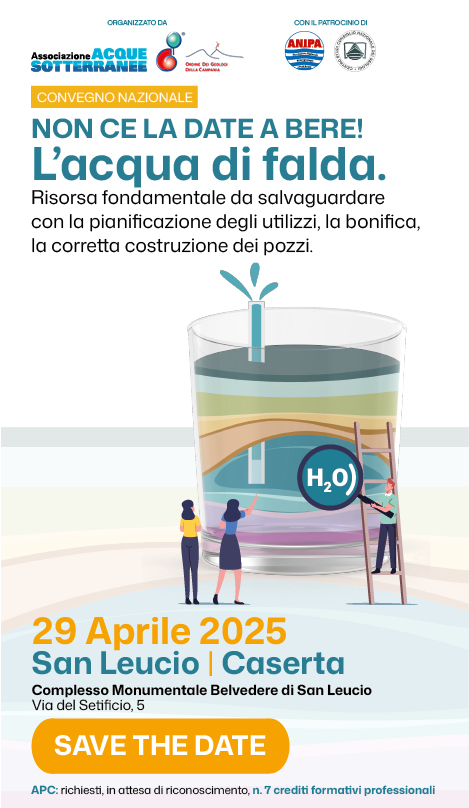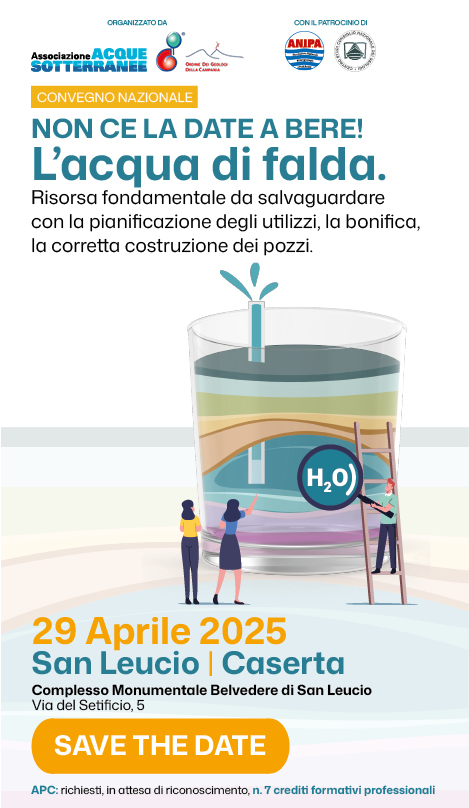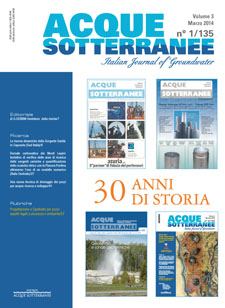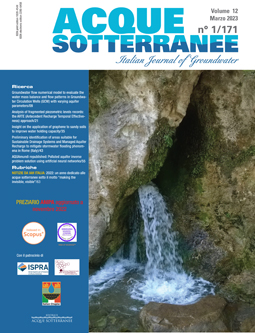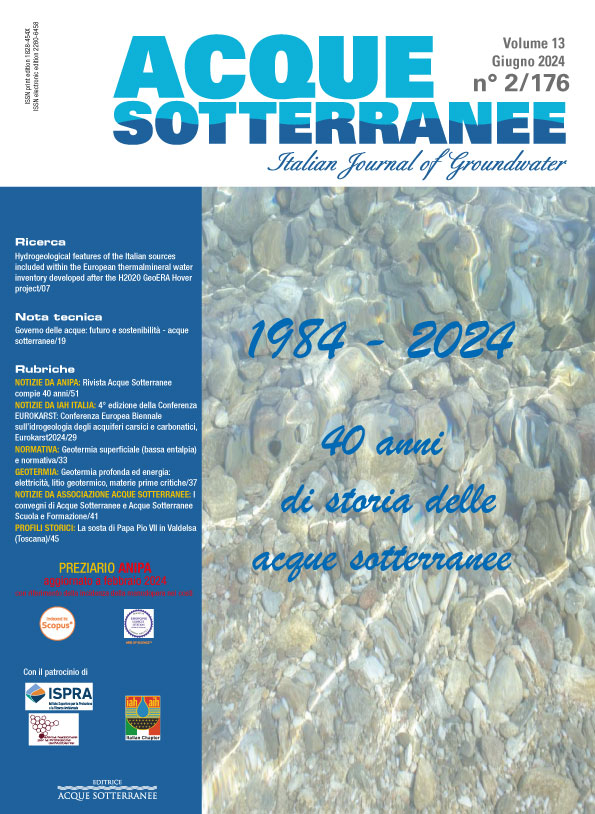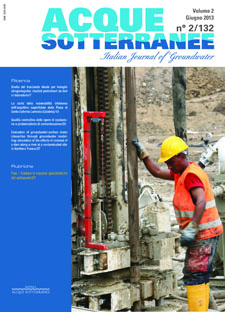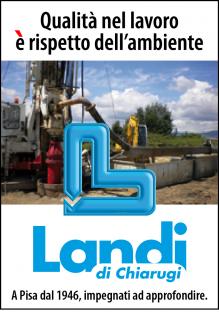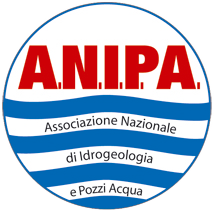Parametric and numerical modelling tools to forecast hydrogeological impacts of a tunnel
The project of a hydro electrical diversion tunnel through a crystalline rock massif in the Alps needed a detailed hydrogeological study in order to forecast the magnitude of water inflows inside the tunnel and the possible effects on groundwater flow. The tunnel has a length of 9.5 km and is located on the right side of Toce River at Crevoladossola (Verbania province, Piedmont region, Northern Italy). In the geological framework of the Alps, the tunnel is located inside the Lower Penninic Nappes, in the footwall of the Simplon Normal Fault; the geological succession is mostly represented by Antigorio gneiss (meta-granites) and Baceno metasediments (metacarbonates). Due to the presence of important mineralized springs used for commercial mineral water, the hydrogeological study focuses both on quantity and quality aspects, by means of: rainfall data analyses, monitoring of major springs flow rates, monitoring of hydraulic heads and pumping rates of existing wells/boreholes, hydrochemical and isotopic analyses on springs and boreholes and hydraulic tests (Lefranc and Lugeon). The resulting conceptual model evidences a dominant low permeability (aquitard behaviour) of gneissic rock masses, except for situations of intense fracturing due to tectonization, and an aquifer behaviour of metasediments, particularly when interested by dissolution. Groundwater flow systems are mainly controlled by gravity. Springs located near Toce river are characterized by higher mineralization and isotopic ratios, indicating long groundwater flow paths. Starting from all the data collected and analyzed, two parametric methods are applied: 1) Dematteis method (Dematteis et al., 2000), slightly adapted to the case study and to the available data, that allows assessing both potential inflows inside the tunnel and potential impact on springs (codified as Drawdown Hazard Index); 2) Cesano method (Cesano et al., 2000) that allows only assessing potential inflows inside the tunnel, discriminating between major and minor inflows. Contemporarily a groundwater flow model is implemented with the EPM (Equivalent Porous Medium) approach, using MODFLOW-2000; it is calibrated in steady state conditions on the available data (groundwater levels inside wells/piezometers, elevation and flow rate of springs). Dematteis method proves to be more reliable and more adequate to the site than Cesano one; it was validated on a tunnel in gneissic rock masses and it takes more into account intrinsic parameters of rock masses than morphological and geomorphological factors. Cesano method relatively overestimates tunnel inflows, taking more into account the variations of topography and overburden above the tunnel. A sensitivity analyses evidences a low sensitivity of parametric methods to parameters values, except for RQD (Rock Quality Designation) used to represent fracturation degree. The numerical model is calibrated in ante-operam conditions and a sensitivity analysis evaluates the influence of uncertainties in hydraulic conductivity (K) values of the different hydrogeological units. Hydraulic head distribution after tunnel excavation is forecasted considering three different scenarios: tunnel only draining; tunnel as a losing source of water; tunnel sealed along its aquifer sectors, using 3 different levels of K reduction. Tunnel impermeabilization results very effective, lowering the drainage rate and the impact on springs. The model defines quantitatively the tunnel inflows and the effects on springs flow at the surface in terms of flow rate decrease. Dematteis method and the numerical model are crossed to obtain a final risk of impact on springs. The study is supposed to overestimate the risk, because all the values assigned to parameters are chosen in a conservative way and numerical simulations at steady state are very conservative too (transient state in such a hydrogeological setting is supposed to last 1-3 years). Monitoring of tunnel and springs during tunnel boring will allow the feedback process.

